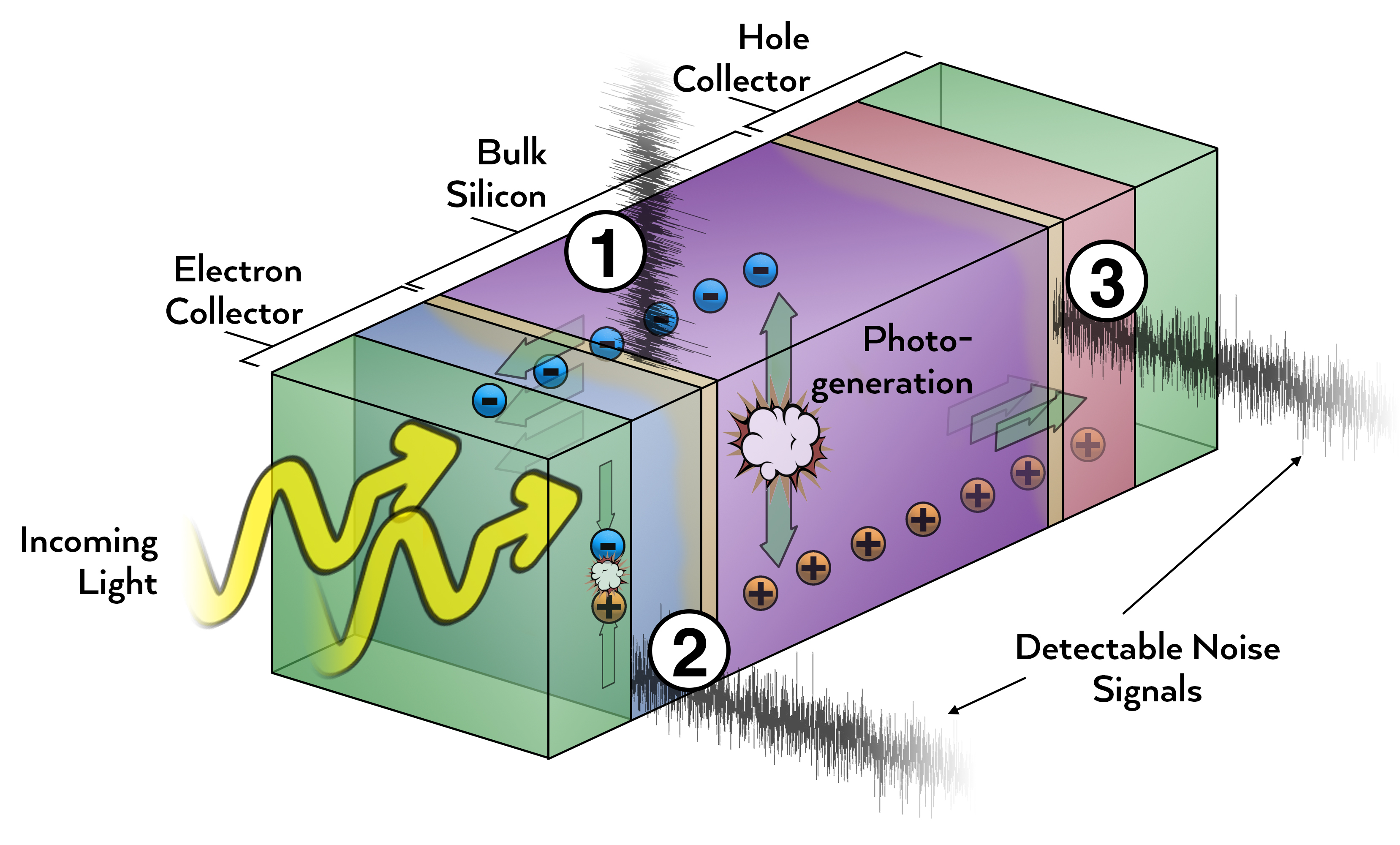Models that predict traffic volume for specific times and places inform everything from traffic-light patterns to apps that tell you how to get from Point A to Point B. Researchers have now demonstrated a method that makes these models more efficient.
Tag: Efficiency
Protruding Eyes, Mouth Make Stingrays More Hydrodynamically Efficient
In Physics of Fluids, researchers detail how the protruding eyes and mouths on simulated stingrays affect a range of forces involved in propulsion, such as pressure and vorticity. They created a computer model of a self-propelled flexible plate that mimicked a stingray’s up-and-down harmonic oscillations and used it to illustrate the complex interplay between hydrodynamic forces. The group found that the eyes and mouth help streamline stingrays even further.

Cutting through noise for better solar cells
Physicists used cross-correlation noise spectroscopy to measure miniscule fluctuations in electrical current flowing between materials inside silicon solar cells. They identified crucial signals that are invisible to conventional methods, and pinpointed the likely physical processes causing the noise.
Steering Wind Turbines Creates Greater Energy Potential
For wind farms, it is important to control upstream turbines in an efficient manner so downstream turbines are not adversely affected by upstream wake effects. In the Journal of Renewable and Sustainable Energy, researchers show that by designing controllers based on viewing the wind farm system as a coupled network, it is possible to extract power more efficiently.
Pandemic is pushing women in STEM ‘past the point of no return’
Cryocoolers are ultracold refrigeration units used in surgery and drug development, semiconductor fabrication, and spacecraft. The regenerative heat exchanger, or regenerator, is a core component of cryocoolers. At temperatures below 10 kelvins, performance drops precipitously, with maximum regenerator loss of more than 50%. In Applied Physics Letters, researchers used superactivated carbon particles as an alternative regenerator material to increase cooling capability at temperatures as low as 4 kelvins.

GPS isn’t just for road trips anymore
Precision agriculture technologies can improve efficiency on smaller farms

Can newer irrigation techniques save water?
Using technology makes the best out of every drop